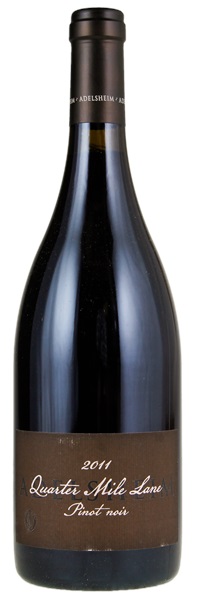Removed from a temperature and humidity controlled wine cellar; Purchased direct from winery; Consignor is original owner

Image above is an example. To view the image of the lot, click the item number.
Estimate
...displays a fascinating alliance of lift and genuine delicacy with palpably high extract and slightly austere inflections of cyanic cherry pit and wet stone. High-toned, fresh and distilled are red berries further mingled with smoky black tea; pungent brown spices; and mouthwateringly savory meat stock, leading to a lingering finish of that manages to at once invigorate and caress.
Vibrant, high-pitched aromas of fresh red berries, rose oil and Asian spices, with suave smoke and vanilla accents gaining strength with air. Nervy and penetrating on entry, then fleshier and showing more depth in the mid-palate. Sweet raspberry and cherry-cola flavors of impressive clarity linger on a silky, appealingly spicy finish that shows a hint of dusty tannins.